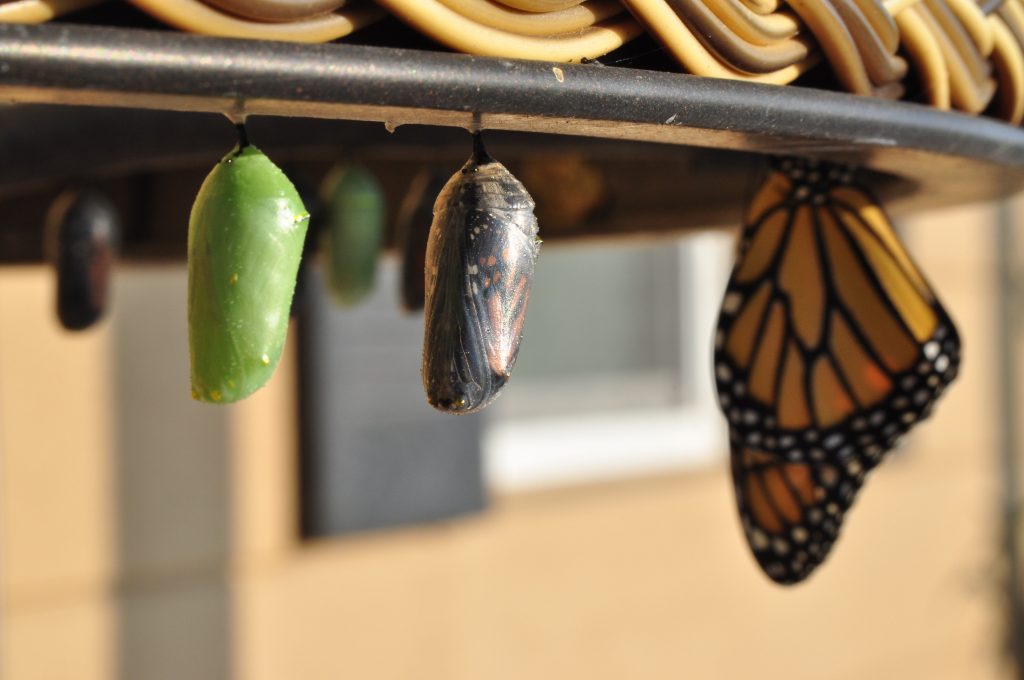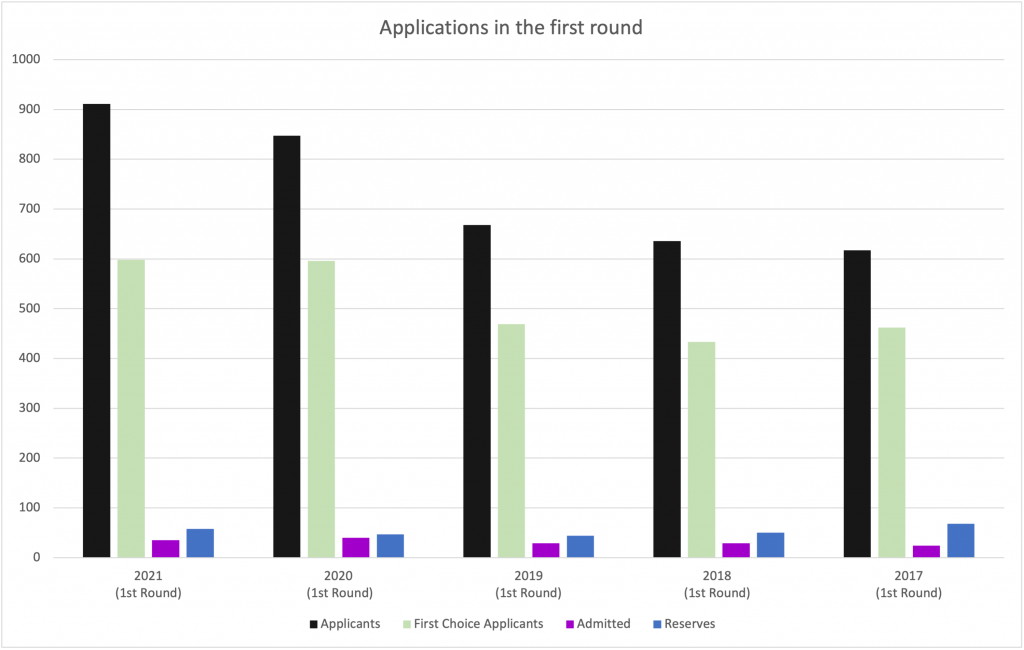
The odds of admission: a statistics summary
If you have applied to the Bachelor’s Programme in Biomedicine, or plan on doing so, you may be wondering what your odds of getting in are. In this blog, I’ll break down the statistics from previous years.
DISCLAIMER: The formal, legally binding decision regarding your application can only be made after your formal application has been made. This blog is only intended to provide information, not a decision. Also note that my Swedish is not perfect, so I may have iffy translations – the original websites I refer to have the most correct and up to date information.
In this blog, I’ll be covering the basics of admission selection, statistics for applicants in round 1, and some vocabulary to help you navigate admissions information in Swedish.
Official statistics from UHR
Universitets och högskolerådet (UHR) also known as the Swedish Council for Higher Education publishes admission statistics for universities all around Sweden. Unfortunately, I haven’t been able to find said statistics in English so I thought I would help translate and give information in this blog.
Feel free to look at the UHR page for admission statistics for the Bachelor’s Programme in Biomedicine. Google Translate will do a decent job, but I cannot guarantee it will translate everything accurately.
Skip to the bottom of this blog for a mini-dictionary of terms that are good to know when navigating the UHR website.
How does selection work?
In essence, the upper secondary school grades of each applicant are converted into the Swedish merit values, or meritvärde, and the applicants are then ranked accordingly. The top applicants are then offered admission into the programme. These values are noted in retrospect, as there is no official cutoff point. NB: Having the cited merit values or even higher is not a guarantee for admission!
This conversion and assessment of upper secondary school courses is done by University Admissions, also known as Antagning.se once a complete application has been submitted. University Admissions uses (amongst other things) country handbooks (in Swedish) developed by UHR to assess foreign upper secondary school courses and grades and calculate merit values.

Photo by Suzanne D. Williams on Unsplash
You can also find out more details on how meritvärde are calculated on antagning.se (in Swedish). It looks like a cumbersome process and I personally did not bother trying it when I was applying, nor did I know the page existed back then. If you want to give it a shot, feel free to do so and let me know how it goes!
Karolinska Institutet may also consider relevant university-level courses. However, KI is not involved in the conversion of courses and grades and therefore cannot guide you regarding the assessments.
Study spots
In 2021, there were 50 study places for the program. KI usually allocates 25% of the places from the first admission round (D7000), and 75% from the second admission round (D8000) to ensure that lowest merit values (belonging to the last admitted student for each category) are about the same in both application rounds. I’ll explain statistics for the second round of applications in another blog.
Since selection to the programme depends on the grades of all the other applicants that apply the same round, there are no minimum grade requirements. However, historically close to top grades are required to be admitted to the programme.

NB: Don’t take this as your chances of admission being higher in the second admission round! It’s important that you apply in the right round for you so that you can meet the requirements and get your residence permit for studies in time. If you’re not sure which round you should apply in, take a look at the programme webpage for the Bachelor’s Programme in Biomedicine.
Applying in the first round of applications (2017-2021)
The following tables and graphs have been translated and created by me based on statistics I found on the UHR website. Any errors are accidental and the original information is the most updated and correct!



It’s tricky for me to explain which category (BI or BII) you would fall into since my own Swedish isn’t perfect, but the required merit values are very similar so I would advise you to use them to get a general idea. More information (in Swedish) can be found on antagning.se.
Mini-dictionary
If you want to go forth and explore other programme statistics on UHR or brush up on your Swedish vocabulary, here is a little dictionary to aid you!
- antal: number
- urval: selection round
- urval 1 means the first selection round. Not to be confused with first application round. For more comprehensive information, I would recommend you run the UHR information webpage through Google Translate. There is one “urval” for the first application round, and two “urval” for the second application round.
- sökande: searchers, or applicants
- Everyone who applied, regardless of whether they were eligible, completed their application, etc.
- förstahandssökande: first-hand applicant
- the people who ranked the Bachelor’s Programme in Biomedicine their first choice on universityadmissions.se or antagning.se
- antagna: admitted
- the number of people accepted into the programme. Of these, many will accept. Others may not accept if they prefer to go elsewhere, cannot get the financial aid they need, or have other personal reasons to decline.
- reserver: reserves
- the people who get on the waitlist to the programme, and may be offered a place if an admitted student declines their place.
- HT (höst terminen): autumn term
- begins in August/September
- VT (vårterminen): spring term
- begins in January
Finally
I hope you have found this run-down of admission statistics useful! Navigating the admissions process is tricky, but please don’t let the numbers deter you from applying – leave that final decision to the right people.
A big thank you to Dejana Burazor from the Admissions Office for answering endless questions about this blog! As always, you can reach out to the current digital ambassadors with any questions. More likely than not though, it’s best if you contact the Admissions Office or contact UniversityAdmissions.se directly with questions regarding admissions.
❤️ Inika
Featured image by Naser Tamimi on Unsplash
Inika Prasad — Biomedicine BSc
Hello, Inika here. I’m a third-year Biomedicine bachelor’s student at KI. I'm from India and a little bit from Sweden. As a Digital Ambassador Blogger, I'll be writing about my programme, things happening in and around KI, and giving insights into university life.
-
Hey, I’m an international student from HK looking to apply for the Global bachelor’s program in biomedicine. I am wondering if you also have the statistics for that because I can’t seem to find the statistics about it anywhere. Thanks!

2 comments